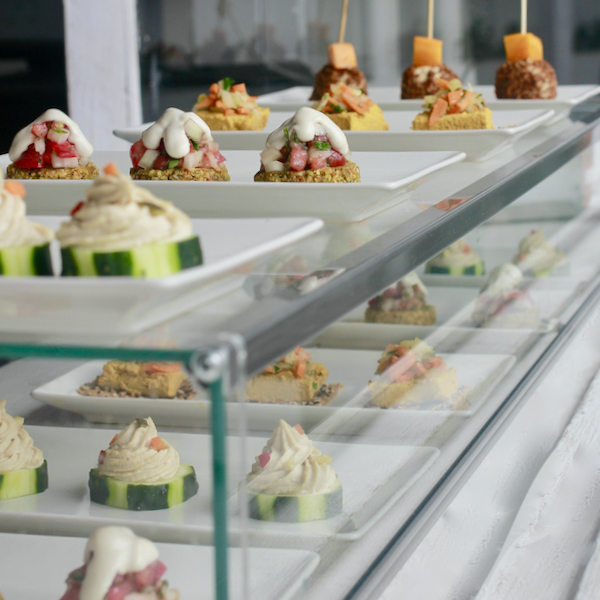
This week came packed with a happy coincidence. Spring has just begun in the Northern Hemisphere and we are taking country walks like crazy . This weekend we came back with bunches of sorrel, campion, nettles and of course, dandelion. Whenever we arrive home first thing is to wash and clean our leafy bounty. We were at it when the phone rang and it is our colleague Andrea. Do you like capers? Of course! And dandelion greens? Even more! … Well, I’m calling to suggest you make Dandelion Capers! … How come? We are astonished…
Andrea is an expert on fermentation of medicinal plants and the author of the book Los fermentos del bosque: guía básica para fermentar plantas silvestres , a pioneering manual on wild plants fermentation. In her book she teaches how to ferment using forest resources: plants, mushrooms and lichens. Her work has such wonderful recipes as Pine Cone Curds or Tea-free Kombucha.
We love how she studies traditional culinary practices from the countryside and updates them. Her words carry her passion for her native land forests, Navarra in Spain:
Wild plants in our forests are at their peak, that is, they have grown where conditions have favored their development – without human “hand” that planted and adapted them to grow in a specific place. And, of course, they are 100% organic. They have also received just the right amount of sun and rainwater to be at their zenith, bear fruit and flourish.

Wild Dandelion plant with flowers, buds and its teeth-shaped leaves
Dandelion (Taraxacum Officinale) is one of the most widely used wild plants in the history of herbal medicine. Its medicinal properties have been tested in recent studies and include anti-inflammatory, antibiotic and cleansing effects. Traditionally, the entire plant, flowers, leaves and roots were used, not only to prepare infusions, but to make wine, jam and salads.
In our case, we will use the flowers buds just before opening. If you look at the photographs you will see the long stems of the flowers and in several of them, small buttons that look like capers. These will become our main ingredient. To ferment them, we use the most basic technique, just letting them rest in a light brine. Water, salt and time, they don’t need anything else.
The result is a kind of capers with bitter, very vegetal and refreshing tones. A gift for a salad, a plate of roasted vegetables or any recipe where you would add a vegetable accent, salty and fresh at the same time.
If you are interested in the world of fermentation at home, do not miss our Fermentation Special, the interview we did with Sandor Katz at the Basque Culinary Center and our recipes for Apple and Turmeric Sauerkraut and RAW Pine Nut Parmesan. They will amaze you!
- 50 gr closed, green dandelion flower buds (about half a cup)
- 1 bay leaf
- 4 whole black peppercorns
- 1 clove garlic
- 1 teaspoon sea salt
- 200 ml mineral water
- Collect dandelion buds and place them in a glass jar. Add 1 bay leaf, 4 whole black peppercorns, and 1 minced garlic.
- Make the brine by mixing salt and water. Mix the brine well until the salt is completely dissolved.
- Pour the brine into the glass jar with all the ingredients and place a weight, a stone or something that keeps all buds and spices in the jar submerged under the salted water. For this you can place a narrower glass jar on top to keep everything submerged under the brine.
- Leave to ferment in the dark and at room temperature for 3 to 7 days covered with a cloth.
- After that time close the jar and store in the fridge, it will keep great for months.
If you want a stronger flavor you can leave them to ferment at room temperature for up to 15 days. Keep in mind that the more days you leave them to ferment out of the fridge, the stronger and more intense their flavor will be.











Your pictures do not look like dandelion. They look like Hypochaeris radicata.
Dear Jennifer,
Thanks for your concern but the pictures in the post are Dandelion plants. We have both Hypochaeris Radicata (Cat’s ear) and Taraxacum Officinale (Dandelion) in this area. They are easy to distinguish as the first one has leaves covered in coarse hair while dandelion leaves are hairless.
Do you remove the calyx first?
Hello Ruth,
We put the flower buds to ferment whole. This way they do not break. After fermentation you can remove the calyx if you prefer. It is perfectly edible. Cheers.